I wouldn’t bank on IT
 First published by Management Today, Autumn 1988
First published by Management Today, Autumn 1988Review of Shoshana Zuboff, In the age of the smart machine: the future of work and power, Heinemann, 1988
Shoshana Zuboff has watched the birth of information technology at eight American run workplaces. She visited three continuous process pulp mills, as well as a pre-divestiture Bell System company charged with the repair of electronic switching systems in remote locations. She saw two large white-collar establishments handle dental insurance claims and the transfer of stocks and bonds. She went to the Brazilian offices of a multinational bank, where the database was used rapidly to develop new, customised, high value added, information-based services; and she witnessed the life and death of a computer conferencing network run by a multinational drug company. For managers concerned to get the best out of IT, she has written a long, flawed, but highly stimulating book.
Zuboff is a professor of organisational behaviour and human resource management at Harvard. A social scientist and management consultant, she is also on the editorial board of the Harvard Business Review. Finally, she brings to her field research a phenomenological perspective: one that surveys what she calls the ‘texture’ of what managers and workers say, feel and do. This makes her results revealing and – especially when she quotes her interviewees – frequently poignant.
Zuboff argues that IT does not just automate; it also ‘informates’ work by pumping out new data about what is going on. Computer controlled machine tools report on equipment, process and product. Supermarket checkout scanners show what is bought, so aiding inventory control and market analysis. In sum, IT provides ‘insight into functional relationships, states, conditions, trends, likely developments and underlying causes . . . in ways that cannot be reduced to correspondence with physical objects’.
Or at least IT can do this, if managers control the ‘autonomous dynamic’ of the informating process by training their workers beforehand. And this training must not just be about how to use IT, but about why it organises things the way it does – and so about how to get more out of it. If, then, managers become ‘drivers of learning’, Zuboff contends, IT need not deskill workers as industrial technology once did. It can reskill them: away from action centred, tacit, personal knowledge of materials and physical ambience, towards a more explicit and more rewarding world of intellectual abstractions, premeditations, procedures and inferences. Result? With workflows now a series of concentric circles around a core database, jobs can be comprehensive, and workplace relationships can be ‘post hierarchical’.
I quarrel with these conclusions: first, because of the highly contradictory evidence the author presents to support them; second, because of her underlying political economy.
Zuboff’s account of the introduction of IT is intriguing. At the pulp mills, workers met a ‘crisis of trust’. What did the symbols on their screens really mean? What did ‘mashing a button’ really accomplish? To get back in touch with hard reality, the IT suppliers hoped to provide more computer graphics, while IT operators made do with closed circuit TV monitoring of the floors they used to walk, as well as the development of their own mental imagery: ‘When you see a dash on the screen’, recounted an engineer, ‘you need to be able to relate that to a 25 foot square by 24 foot high room full of pulp.’
After a time, however, operators at one mill began to use IT to translate their old guesses about process costs into hard figures. At another, IT provided managers with an overview of operator performance, so preventing the application of arbitrary punishments. At Zuboff’s bank, routine work was automated or subcontracted out. At her drug company, 2,400 users saved 10 hours’ chat a week by using screens to pursue hallway conversations, brainstorming sessions and international phone calls. They formed close relationships with people they had never met, cut out the duplication of effort, gained a sense of their company as whole, and became more honest and accurate, as well as being less physically self-conscious in their communications.
All this sounds promising. But as a worker observed, ‘Will things be any different now?’ At Zuboff’s most advanced mill, IT operators lost concentration so much that they were told to write out logs of their work – even though they knew that the IT itself made this unnecessary. At the bank, incentives based on individual performance frustrated the ‘post hierarchical’ teamwork that IT called for. With the drug company, supplementing informal, horizontal computer conferences with vertical overviews meant that workers lost the nuances of face to face conversations with bosses, and that every managerial point registered on a screen was taken as policy or an order.
Even in the author’s most hopeful cases, IT came unstuck. Why? Zuboff theorises that managers would rather deskill workers and maintain their authority than have the informating process reveal their ignorance and thus their possible uselessness. But this, for me, is too subjective an account.
The problem with Age of the Smart Machine is that its case studies are divorced from their background economic context. Zuboff never imagines that the old-fashioned commercial imperative to make a profit, rather than a more recent managerial cussedness, may lie behind the mishaps and angst she describes. In this respect, at least, IT differs from industrial technology much less than she suspects.
‘Will things be any different now?’ After a sometimes stodgy, sometimes moving 440 pages, Zuboff concludes: ‘the opportunity is there, and we now know more about what it will take.’ She is right; she is recommended; but as she herself demonstrates of IT, between opportunity and its realisation falls the shadow.
Fmr President of Kenya on Trump cutting off foreign aid:
“Why are you crying? It’s not your government, he has no reason to give you anything. This is a wakeup call to say what are we going to do to help ourselves?”
America first is good for the world.
Our entire Green Socialist establishment should be banged up under the ‘Online Safety’ laws, for spreading demonstrable lies (the ‘climate crisis’), causing non-trivial harm to the industrial working class, ordinary drivers, farmers, taxpayers etc, etc.
#Chagos? #Mauritius PM Navin Ramgoolam "is reported to want Starmer to pay £800m a year, plus ‘billions of pounds in #reparations’." (14 January) https://www.spiked-online.com/2025/01/14/the-chagos-islands-deal-is-an-embarrassment/
Now the Torygraph wakes up https://telegraph.co.uk/gift/1ff8abbb462cd609
Read @spikedonline - first with the news!
Articles grouped by Tag
Bookmarks
Innovators I like

Robert Furchgott – discovered that nitric oxide transmits signals within the human body
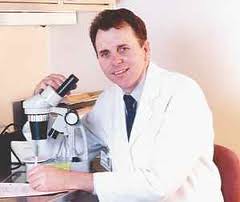
Barry Marshall – showed that the bacterium Helicobacter pylori is the cause of most peptic ulcers, reversing decades of medical doctrine holding that ulcers were caused by stress, spicy foods, and too much acid

N Joseph Woodland – co-inventor of the barcode
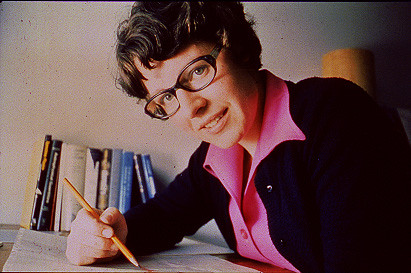
Jocelyn Bell Burnell – she discovered the first radio pulsars

John Tyndall – the man who worked out why the sky was blue

Rosalind Franklin co-discovered the structure of DNA, with Crick and Watson

Rosalyn Sussman Yallow – development of radioimmunoassay (RIA), a method of quantifying minute amounts of biological substances in the body

Jonas Salk – discovery and development of the first successful polio vaccine

John Waterlow – discovered that lack of body potassium causes altitude sickness. First experiment: on himself
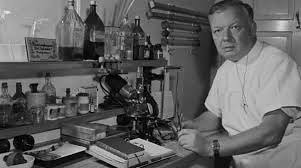
Werner Forssmann – the first man to insert a catheter into a human heart: his own

Bruce Bayer – scientist with Kodak whose invention of a colour filter array enabled digital imaging sensors to capture colour
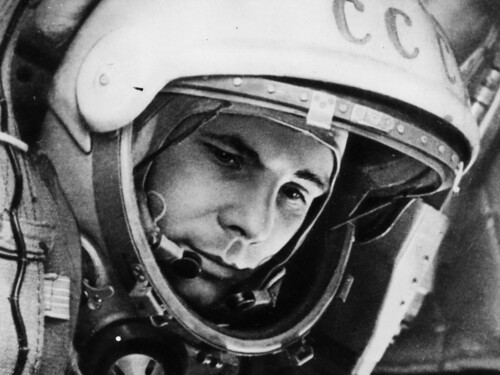
Yuri Gagarin – first man in space. My piece of fandom: http://www.spiked-online.com/newsite/article/10421

Sir Godfrey Hounsfield – inventor, with Robert Ledley, of the CAT scanner

Martin Cooper – inventor of the mobile phone

George Devol – 'father of robotics’ who helped to revolutionise carmaking

Thomas Tuohy – Windscale manager who doused the flames of the 1957 fire

Eugene Polley – TV remote controls

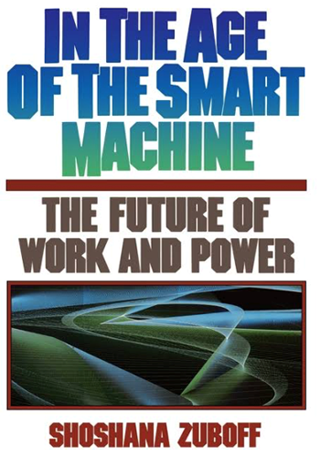

0 comments